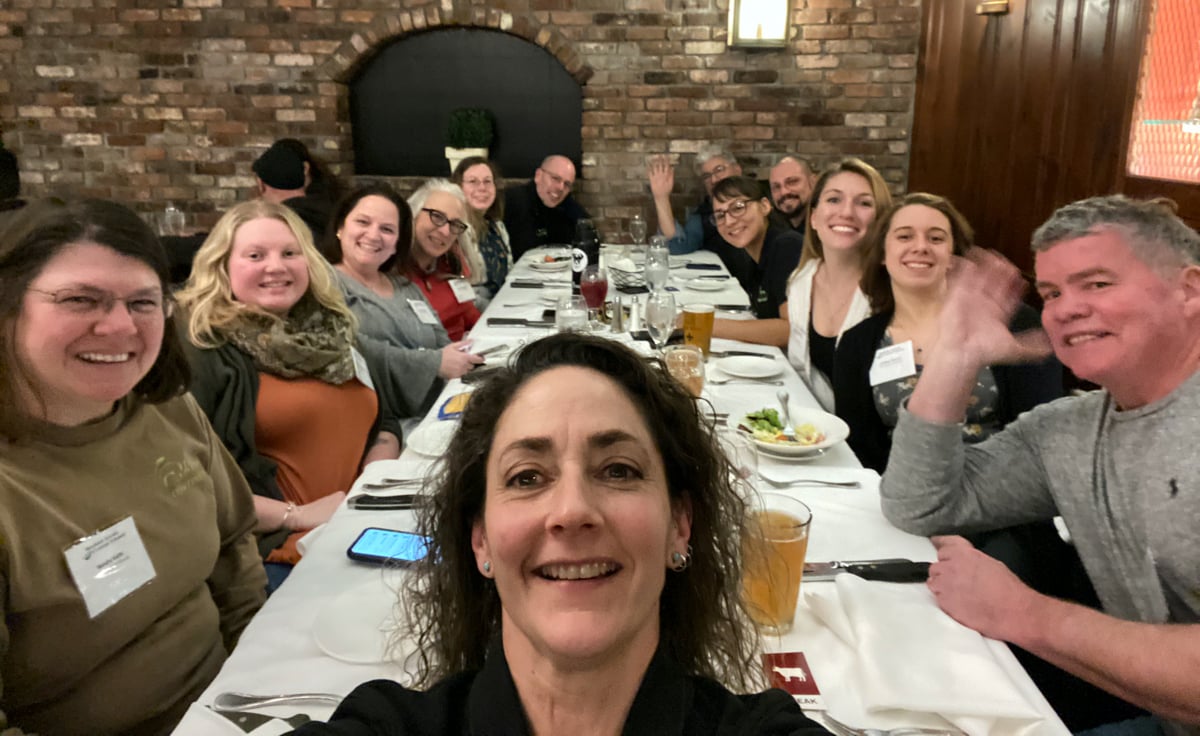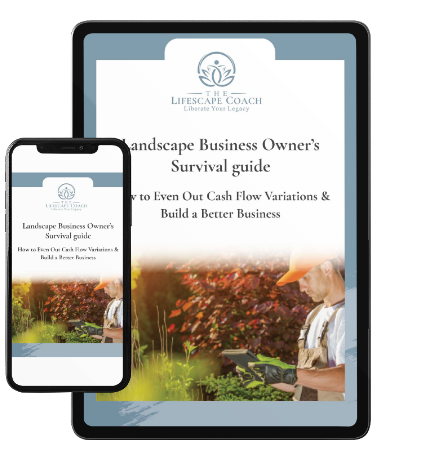Finding and Retaining Talent in the Landscape Industry
There’s an old saying, “You can’t find good help these days,” that for many in the green landscape industry seems to be especially true. The triple whammy of a low unemployment rate, rising wages, and a generally smaller pool of qualified individuals makes the hiring challenge for landscaping companies even greater.
If finding employable people is hard, finding qualified people is even harder. With unemployment so low and so many jobs available for prospects to choose from, what is going to make your company stand out as a place where someone wants to work?
First, let’s take a step back and take a closer look at what we’re actually talking about. What you really need is a job value proposition because you’re not just hiring an employee, you’re creating an asset for your company. Think of it this way: it’s the POSITION that creates value for your business, it’s the PERSON who fills it that optimizes that value. What does this position bring to the party in terms of building value and revenue for your landscape company? Once you’re clear on that, you’ll have a good understanding of exactly the kind of individual you need to successfully fill that position.
That job value proposition has to connect to something bold. And I’m not talking about a hiring bonus or a company truck. Those hiring incentives are temporary and can quickly lose their charm. What’s needed to attract and retain employees is a purpose and a mission for your company that is supported by values that the candidate can truly get behind personally – otherwise, you’re just offering another job.

TGC staff enjoying an industry training and dinner meeting put on by the Massachusetts Association of Landscape Professionals.
Without offering the proper employment incentive to prospects, you run the risk of creating three common and less-than-satisfactory employee scenarios that I call the following:
Land of misfit toys in which your team is made up of various individuals with wildly different work ethics, values, and goals. The result is a group that never really gels and struggles to accommodate each other.
The disengaged professionals who may be experienced landscape employees, but bounce from job to job, never really engaging fully with their teammates or the business. They’re often doing competent work that tends to meet the lowest possible standards.
The reluctant players, similar to the disengaged professionals, but who tend to need constant pushing and prodding to ensure things get done on time and according to work orders. They’re not interested in advancement or the greater good – they’re mostly in it for the paycheck.
Of course, you have to have a compensation package that’s enticing, so it’s a good idea to understand the industry’s pay-and-benefits averages, but often that’s not enough to keep the best employees. It’s just as important to have an investment strategy in place. By that I mean a plan to invest in your workers’ personal and professional development and a way to establish clear and consistent communications so they feel their input and their contribution to the company is valued.
In fact, research has shown that money is not nearly the powerful reward that most people think it is. What did make a significant difference in employment satisfaction, according to a study done by the O.C. Tanner Learning Group, is management’s ability to recognize employees’ talents and contributions in a purposeful manner. Simple employee recognition reduces turnover and increases business results. It’s easy to offer money, it’s not easy to offer your attention and that’s the kind of investment humans really need.
Here are five tips that will help you avoid the three unfortunate scenarios outlined above and nurture your employees to create a win-win situation for both them and you:
Engage with EVERY team member to get the most out of each individual and optimize team performance. Favoritism hurts them and your business.
Meet one-on-one with employees three times a year to discuss their experiences working for your company -- what works for them and what doesn’t. Learn what motivates them.
Build skills to help employees feel more confident and be more productive -- it also benefits the company by minimizing work delays. Skill-building doesn’t have to be some monumental project; sometimes simply providing a little knowledge will go a long way toward improving performance.
Share aspirations by openly discussing goals with employees to help build support and boost chances for success. Sharing aspirations encourages participation by the entire team and builds motivation for all.
Now go ahead and do it -- most of us did not get into the landscape business to manage people. However, when you sign up to be an owner and you hire people, you’re in the people management business, whether you like it or not.
“It’s the company culture, stupid.”
That’s the sign we should all have on our walls because research has also shown that workplace culture is a significant driver of employee happiness and often a deciding factor on whether to stay or go. According to the study A New Benchmark for Initiating Employee Engagement, Retention and Results, 79 percent of workers who leave their job attribute their reason for leaving to “lack of appreciation”. They were not recognized even once in the past year.
Hear what landscape professionals say when the company culture is strong
Part of that recognition and appreciation effort should include recognizing that we, as business owners, are not the only bosses in our organizations. The managers below us are also bosses, as are the crew leaders below them. It’s crucial to get all those bosses to evolve and grow along with you, so everyone is managing better, making better decisions, and becoming better leaders.
This equality of responsibility and encouragement of evolution should extend to everyone in your organization as key elements of your company culture. Leaning too hard on one or two highly-valued employees can be dangerous – leading to burn-out, resentment, and disengagement. We previously published a list of five tips for developing and nurturing both your A-string and B-string players for a win-win outcome that benefits everyone.
But there’s more. To retain your employees long-term, there needs to be a clearly-defined support system for them that goes beyond the standard benefits. A good example of that is health insurance. As important as it is to have a benefits structure that follows the law by including such things as health insurance, it’s also vital to care for the person's general wellbeing. To make sure they understand that you and your company will be there for them if and when they need you – as mentor, sympathetic ear, or a shoulder to cry on. Humans need more than just insurance for their wellbeing, they need the human touch.
It all comes down to empathy. As a business owner and a boss, are you empathetic? Do you have the ability to go beyond the usual company offerings of pay, benefits, and the occasional perk to something more valuable – the ability to understand that humans need to be valued, trusted, respected, and recognized for their efforts. These intangibles are far more valuable than money.
Landscape Business Owners Survival Guide



